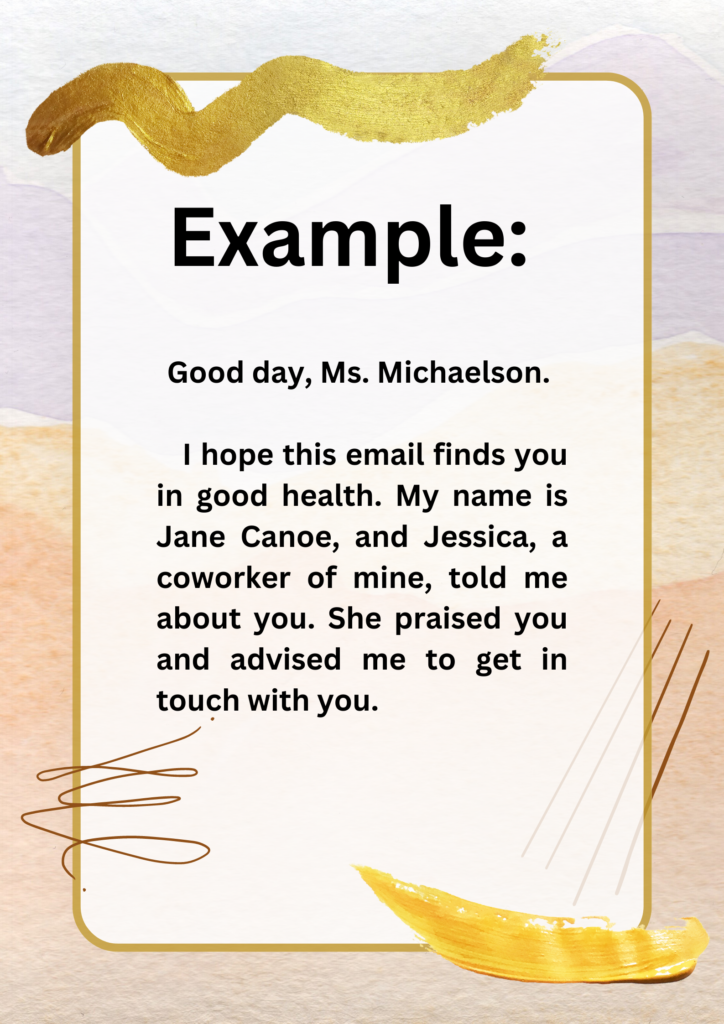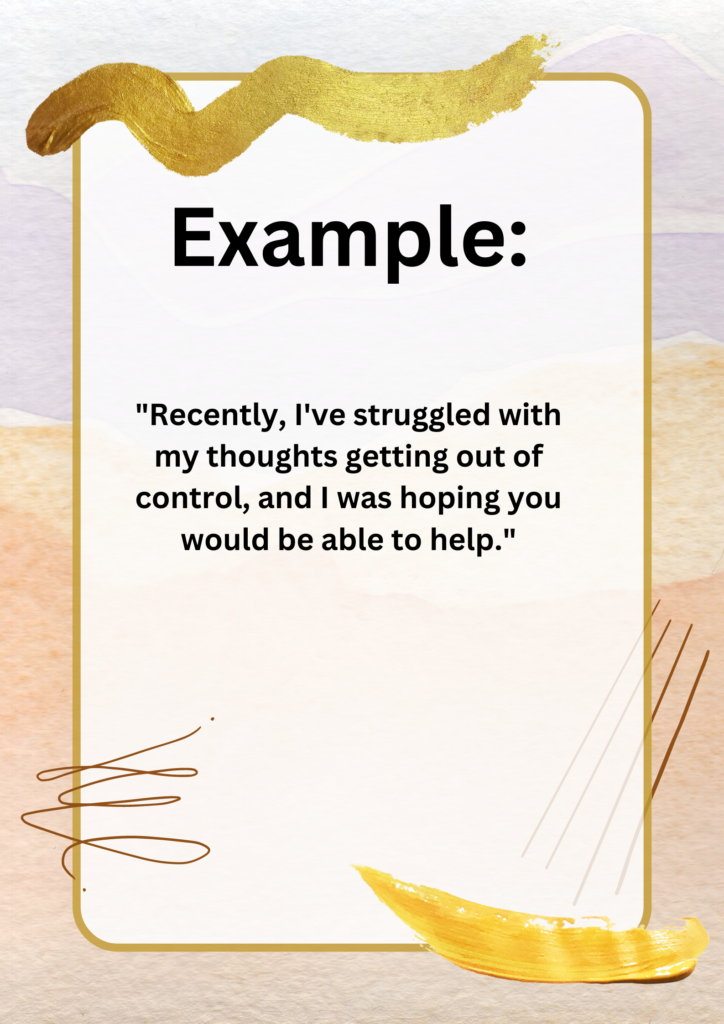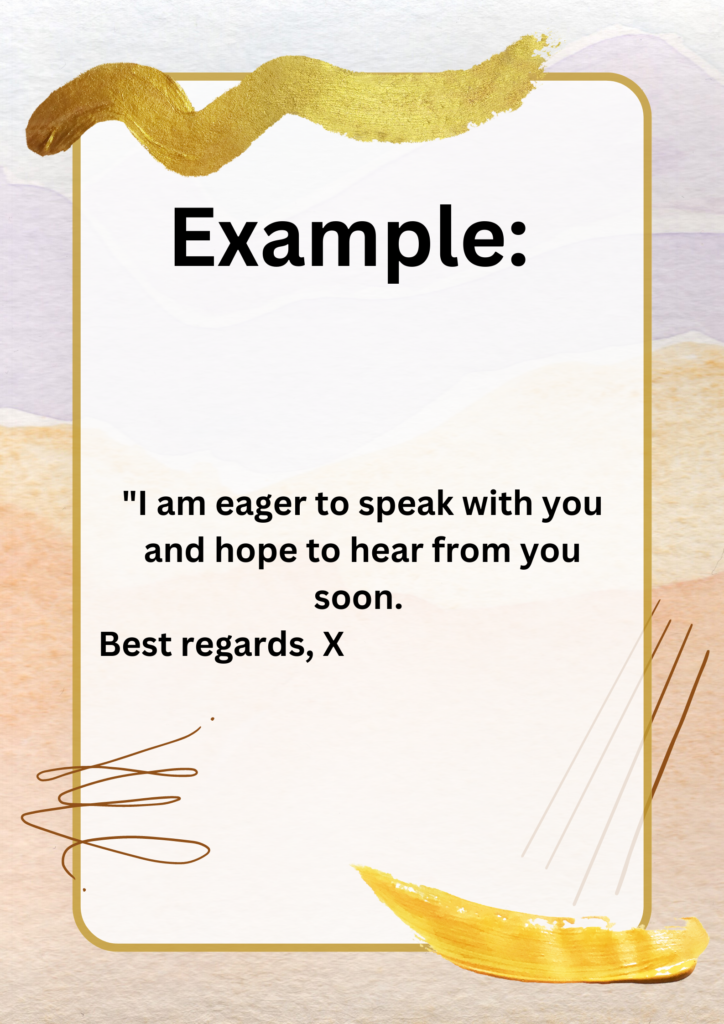 Many of us need assistance, yet many are afraid or hesitant to ask for it when needed. Although talking to a therapist might occasionally be uncomfortable or frightening, they are there to support you. Emailing a therapist is one technique to get in touch with them for the first time. But when you don’t know how to email a therapist for the first time, you might become scared and unsure, but that is okay. We will advise how to email a therapist for the first time because the first step is always the most difficult.
Many of us need assistance, yet many are afraid or hesitant to ask for it when needed. Although talking to a therapist might occasionally be uncomfortable or frightening, they are there to support you. Emailing a therapist is one technique to get in touch with them for the first time. But when you don’t know how to email a therapist for the first time, you might become scared and unsure, but that is okay. We will advise how to email a therapist for the first time because the first step is always the most difficult.
Dealing with the unknown can be very difficult for those suffering from anxiety, depression, stress, or other mental health conditions. For people with depression, anxiety, or other mental health or emotional difficulties, therapy services can be pretty beneficial. Many people have recently had the bravery to ask licensed therapists for guidance and assistance due to a greater emphasis on mental wellness. Here, we’ve rounded the steps on how to email a therapist properly.
Also read: How to Email a Tattoo Artist (Full Guide with Pictures)
How to Email a New Therapist
1. Introduction
As with any email, begin by introducing yourself. Being polite will get you much further than asking for assistance. Also, tell them where you found them so they can help you. Introduce yourself after addressing the therapist properly with their name and title. It’s simple to introduce yourself and ease into writing by describing how you learned about the therapist. Remember that clear formatting and succinct wording will make it easier for people to understand you and connect with you.

2. Explain your intention
Next, consider the purpose of this email. After introducing yourself, explain in a maximum of two sentences why you are asking for assistance. After reading the descriptive sentences, the therapist will better understand where you are in life.
Although this can be difficult, honesty in your first email can help you succeed in subsequent meetings. You don’t have to include any clinical diagnosis in the email if you don’t want to. Use your ideas to ensure that your writing is concise yet still helpful.
Talking to someone about your issues might be tricky, even when you realize that therapy is what you need. Remember that you can confide in the therapist to help you overcome them.
The goal is to go into a manageable amount of detail about your issues; you will address that with the therapist in an environment that is more appropriate. Keep things brief and to the point because your main goal is to get their services so you may get the assistance you require.

3. Ask their Availability
One crucial factor on how to email a potential therapist is asking about their time of availability. Once you’ve introduced yourself and given a general overview of your mental health issues, it’s time to check to see whether they are available. If your job only enables you to be available during certain daytime hours, be precise.
Please give them a window of time to have this initial conversation. The more you put off meeting someone for the first time, the more likely you are to persuade yourself out of it.
Include a piece of contact information in your email so that your therapist may respond with a time and date that are convenient for both of you. Your therapist will try to find a time that works for you, so feel free to switch up the times until you find one that you can entirely focus on.

4. Close your Email
Now that you already know how to introduce yourself, explain your intention and ask for their availability, the final step to email a therapist for appointment is to close your email.
Make sure to end your email politely and appropriately. It’s a good idea to express gratitude and appreciate them taking the time to read your email.

You can do all these steps if you need to learn how to email a psychologist.
Also check out: How to Stop Amazon Emails ( Step-By-Step Guide with Pics)
How to Email New Therapist
You can also include a short phone or video consultation in your email. You can learn more about your potential therapist’s personality during the consultation to determine whether you click. Additionally, you will be able to elaborate on your requests during the conversation and address any queries they may have.
The connection between a client and therapist is crucial for treatment to be successful. But if you are hesitant, try not to stress over it too much or allow it to stop you. Similar to other professions, therapy rarely sees clients working with the same therapist for their whole lives.
You can also do this if you need advice on how to email a psychiatrist.
You might also like: How to Mark All Emails As Read in Outlook
Conclusion
Always do your research on potential therapists before meeting with them. Finding the correct therapist increases your likelihood of opening up and being honest about your thoughts and helping you choose someone appropriate for your specific requirements.





